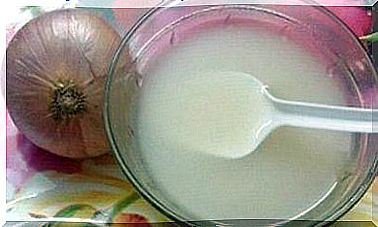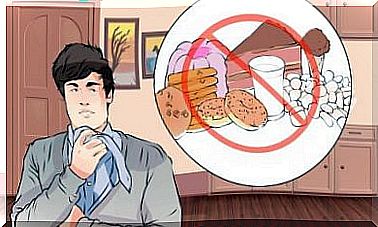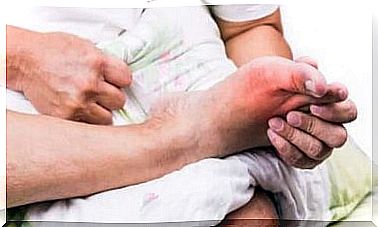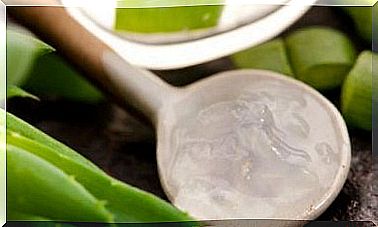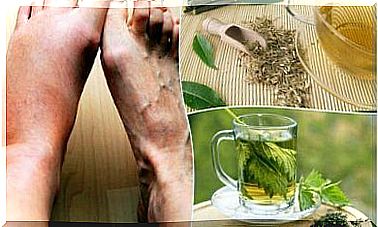Managing Chronic Kidney Disease
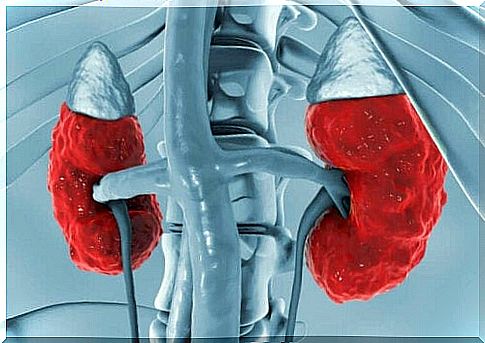
Chronic kidney disease is a progressive and irreversible decline in kidney function. As a result, the kidneys slowly lose their ability to rid the body of toxins and regulate the volume of water in the body.
In most cases, chronic kidney disease develops over a variable period of time. Therefore, it can take years from initial diagnosis for the kidneys to reach the chronic stage.
The moment the kidneys lose their function, they also stop producing a series of hormones. These hormones help regulate blood pressure and stimulate red blood cell production and calcium absorption.
However, many people don’t show symptoms of chronic kidney disease until it’s advanced. So the way to know if you have kidney disease is through blood and urine tests.
Causes of Chronic Kidney Disease
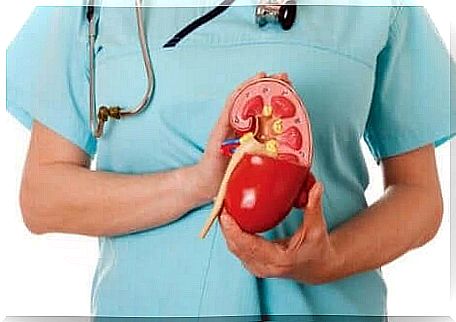
Diabetes and high blood pressure are two of the most common causes (Spanish link). However, other diseases can also damage the kidneys, such as:
- autoimmune diseases
- congenital kidney defects
- certain toxic chemicals
- kidney stones and infections
- certain medicines, such as painkillers, antibiotics and cancer treatments
Chronic kidney disease leads to an accumulation of fluid and waste products in the body. Therefore, it affects most bodily functions.
Evolution and treatment of chronic kidney disease
Chronic kidney disease slowly worsens over time. In fact, the loss of function can be so slow that there are no symptoms until the kidneys almost stop working.
The last stage of chronic kidney disease is also called end stage kidney disease. The evolution depends on the cause of the kidney damage and the patient’s habits.
At this stage, however, the kidneys are no longer able to remove sufficient waste and excess body fluids. When a patient reaches this stage of the disease, he must resort to dialysis or a kidney transplant.
In most cases, dialysis is used when 10-15% of the kidney function is left. People waiting for a kidney transplant may also need dialysis.
Therapy
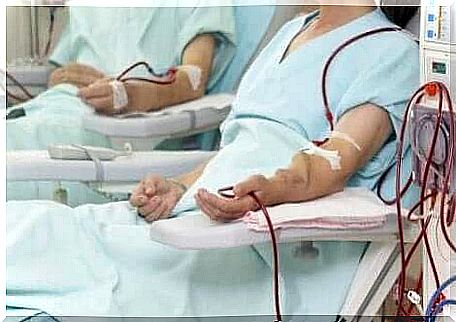
While treatments cannot cure chronic kidney disease, they can slow its progression. These include drugs to lower blood pressure, control blood glucose and lower cholesterol levels.
Other treatments may include medications called phosphate binders, which can help prevent high phosphorus levels. To treat anemia, a specialist may also prescribe iron treatment. However, it is important that you consult your doctor before taking calcium and vitamin D supplements.
It is also important to follow dietary guidelines, such as limiting protein intake. However, you must eat enough calories to not lose weight. Patients with chronic kidney disease are also advised to keep a good record of their vaccinations.
Can Chronic Kidney Disease Be Prevented?
As mentioned above, diabetes and high blood pressure are the most common causes of chronic kidney disease. For this reason, two parameters must be kept under control to prevent kidney disease. Living a healthy life can prevent these two factors or help keep them at a healthy level.
However, you can take healthy steps to keep your kidneys healthy. The recommendations we share below can help lower your risk of chronic kidney disease and even the problems associated with it. Some of these recommendations are:
- Follow a diet low in salt and fats.
- Exercise for half an hour every day.
- Have your urine and blood tested at least once a year. Medical experts recommend these to monitor blood sugar levels.
- Avoid smoking.
- Limit your alcohol consumption.
- Try to maintain a healthy weight.
- Follow a diet that is healthy for your heart.
- Also increase your intake of fruits, vegetables and whole grains.

